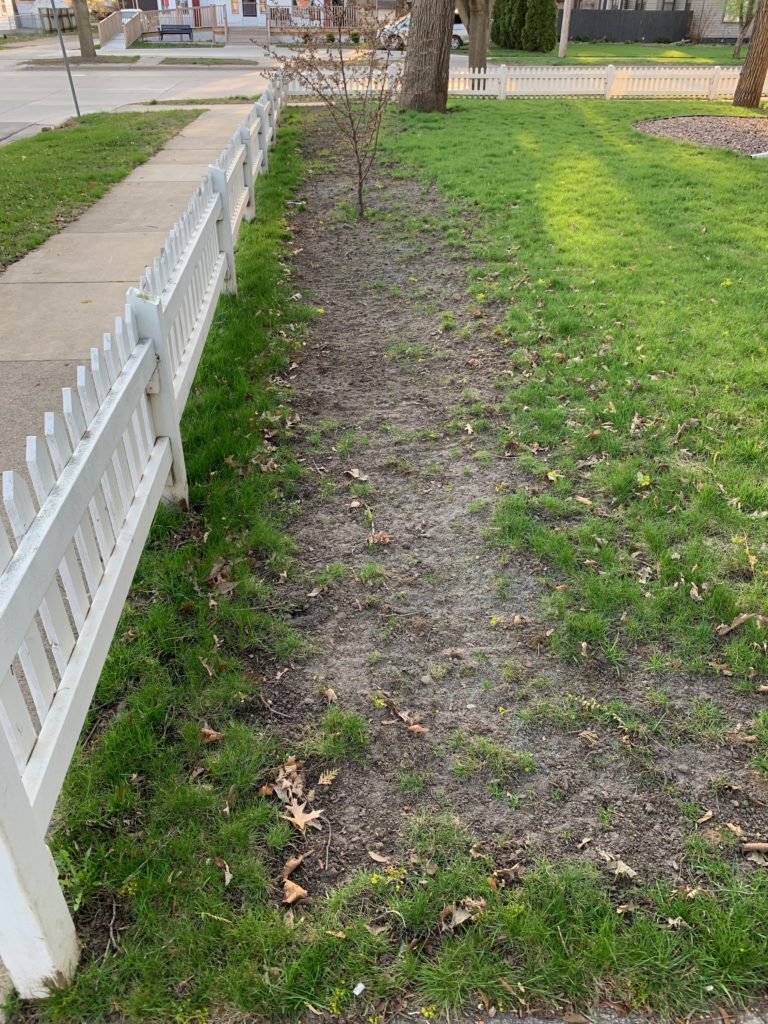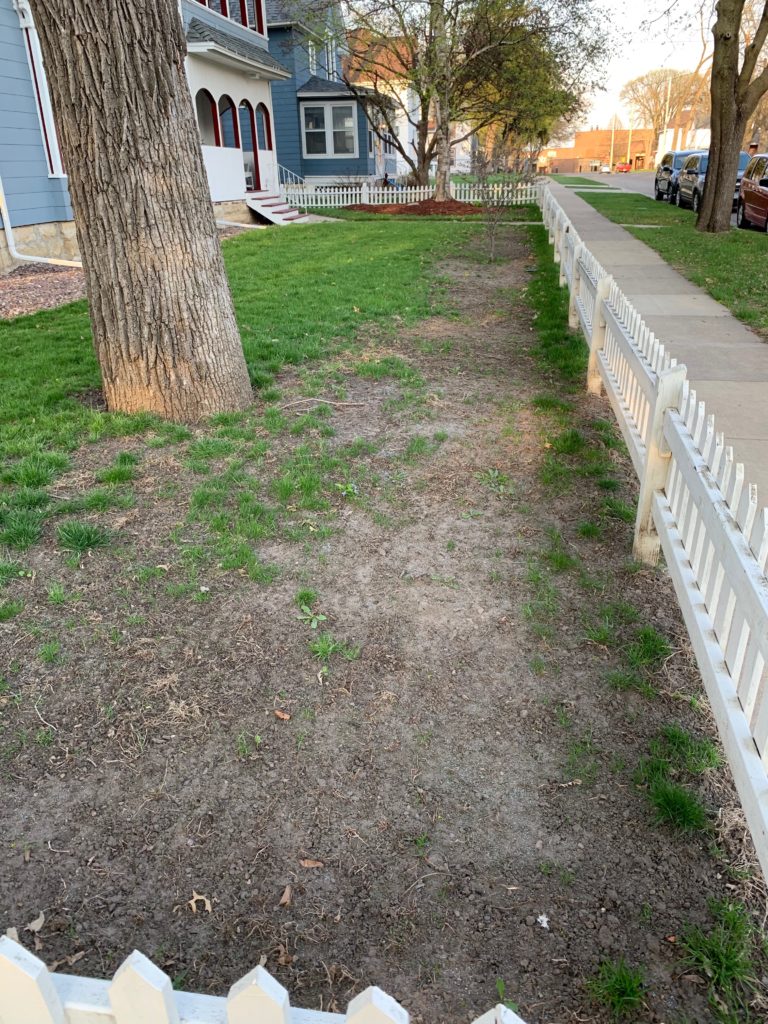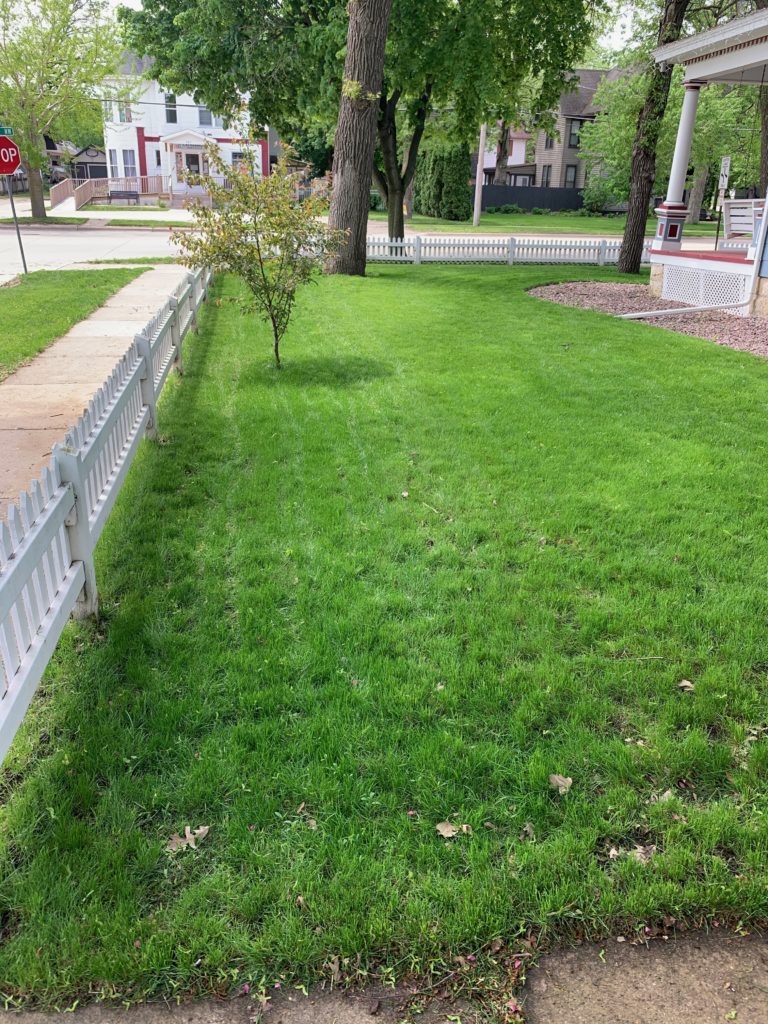As I mentioned in my last post, Dr. William Davis has recommended a particular strain of bacteria, Lactobacillis reuteri, as having many health benefits.
He discussed those benefits in the video I embedded in that post, and now as promised here’s a video I produced that demonstrates how to make it.
Dr. Davis suggests you can make the yogurt by putting the liquid in a pan in the oven. He says you can just turn the oven up to 350ºF for 90 seconds, and then shut it off, repeating the cycle every few hours to keep the temperature between 100-110ºF.
In my experience that’s way too much work, and is susceptible to failure. If you forget to turn off the oven, you kill the bacteria. If you fail to turn on the oven at least once in the middle of the night, the whole mix can sour. I had a couple of flops in my first five batches using that method.
That’s why I decided to get a yogurt maker, which keeps the mix at a constant temperature with no need to pay attention to it. Since then I would guess I have made 50 batches or more, and haven’t had a single failure.
After getting the BioGaia tablets, which contain the bacteria, and inulin powder as a source of prebiotic fiber on which they feed, all you need is the liquid that will be turned into yogurt.
Dr. Davis says he uses half-and-half as his base, and also has made yogurt from almond milk or coconut milk. If you use almond milk, he says you need to add some sugar to your mix, in addition to the inulin.
Whole milk is another option, but my choice is a mix of half-and-half with heavy whipping cream, as you’ll see in the video. This is definitely not low-fat yogurt.
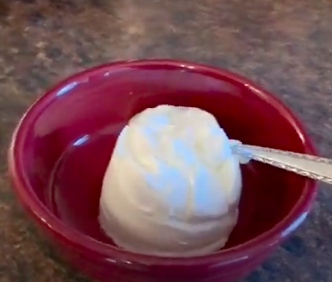
I have gotten great results by keeping the mix at 104ºF for 36 20 hours, and by putting some water in the yogurt maker it keeps the temperature more even throughout the jars. After they’re done, I put them in the refrigerator.
As you can see, this is the thickest yogurt you’re likely to find. It stands up straight.
When it’s time to eat, I take one of the jars from the refrigerator and spread it out in a dish, adding three more teaspoons of the inulin both to sweeten the yogurt and to provide some prebiotic fiber to feed the bacteria in my GI tract.
I think it tastes great plain, but I typically also top it with some fresh raspberries or blackberries.
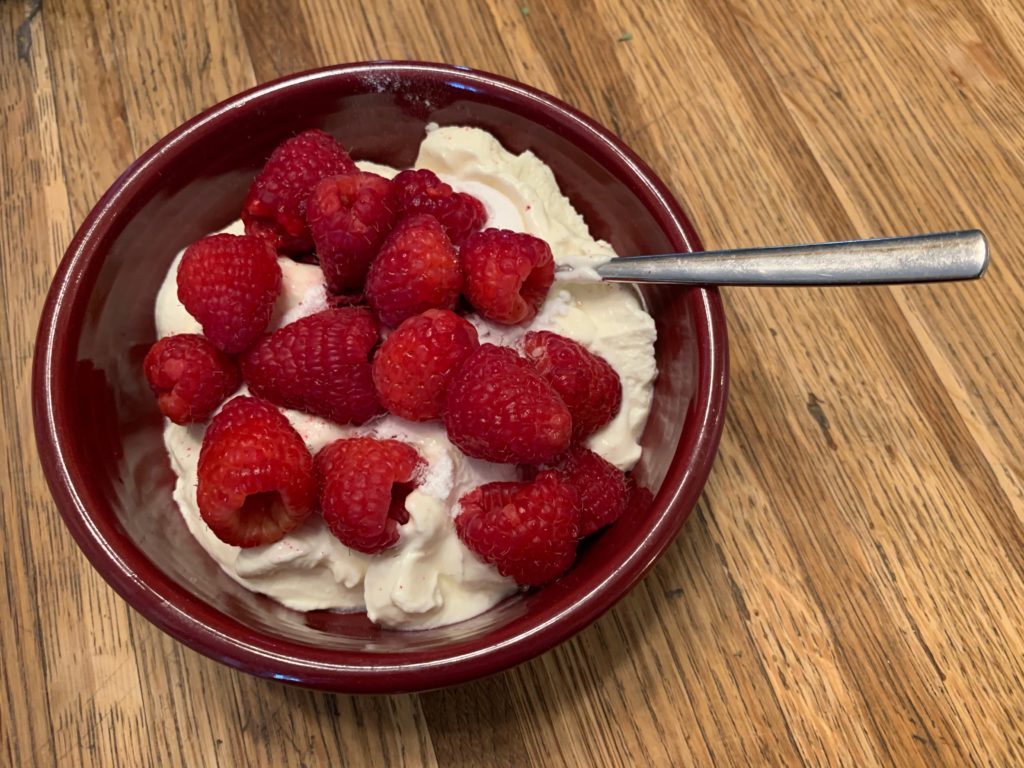
This is a delicious dessert, and I think the benefits Dr. Davis cites seem to hold true for me. He says it has a powerful appetite-suppressant effect, and while I think my low-carb diet has helped me not experience cravings during my typical 18-hour fasting window, the yogurt could definitely be a contributing factor.
Dr. Davis also touts the skin-thickening and collagen-increasing properties of L. reuteri and this yogurt, which supposedly results in a more youthful appearance and faster wound healing. I found a picture that isn’t necessarily definitive in this regard, but it might give a clue.
The picture on the left is from January 2019, when I was just starting to make and eat the yogurt. I tried to duplicate the angle in the one on the right this evening, 16 months later. The horizontal forehead creases seem less pronounced to me, but you be the judge:
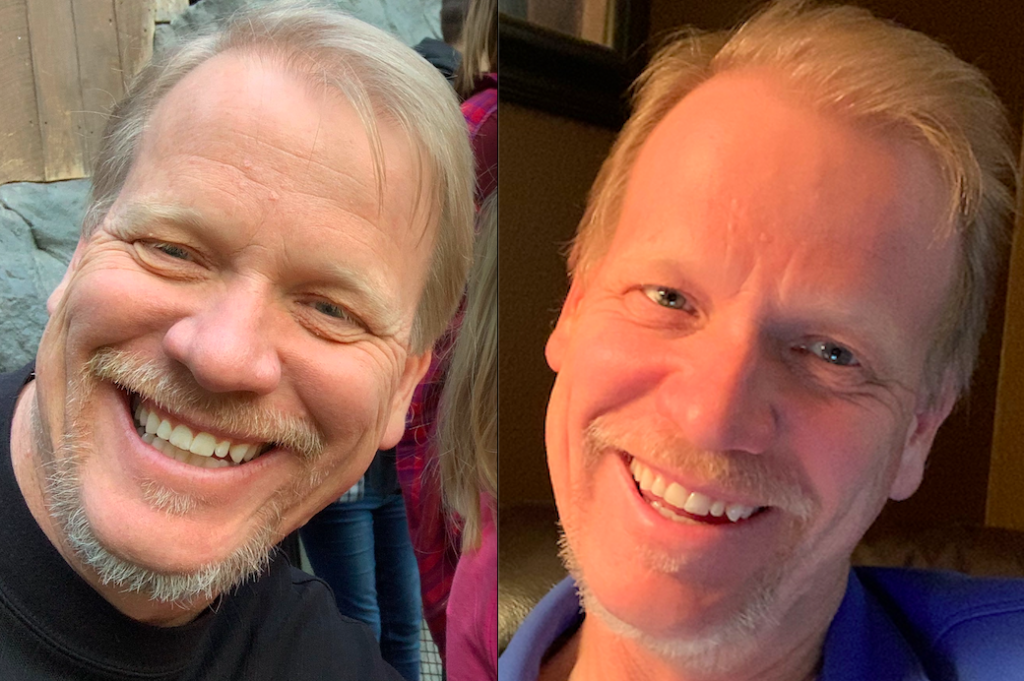
I think the oxytocin-enhancement benefits are real too, as I’ve been able to put on muscle mass through weightlifting.
Since I find it so delicious, and because research suggests benefits that my own experience tends to support, I plan to keep making this for Lisa and me for the long term.
If you try it, I’d love to hear about your experience.
See the whole series about my health journey. Follow along on Facebook, Twitter and LinkedIn.
Postscript: I had originally kept the mix at 104 degrees F for 36 hours, but I had a couple of bad batches. Through conversation with John Bishop (profiled here) I discovered that 36 hours is likely too long. Now I set the timer for 24 hours and then usually check and take out the jars after about 20. I haven’t had any spoiled batches for about 6 months.
